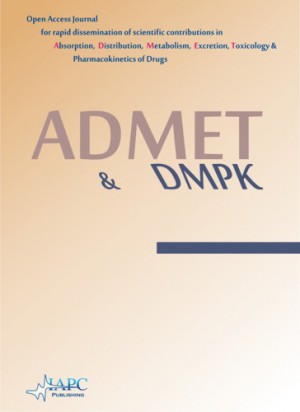
ADMET & DMPK
Yazarlar: Martina Rudgalvyte, Garry Wong
Konular:-
DOI:10.5599/admet.3.2.183
Anahtar Kelimeler:Keyword,Dopamine,Nematode,Transgenic model,Neurodegeneration,Synuclein
Özet: Caenorhabditis elegans is a 1 mm long nematode comprised of 959 cells in the adult hermaphrodite. Through transgenic injection, neurotoxin treatment, or isolation of mutants, this roundworm has been used as an animal model for studies of human Parkinson’s disease (PD). The ability to genetically manipulate this animal, its short reproductive cycle and transparent body type have allowed it to be treated pharmacologically and toxicologically and interrogated for features of PD including loss of dopaminergic neurons, aggregation of α-synuclein protein, basal slowing responses to food, and lifespan. This short review aims to capture some of the recent studies on Caenorhabditis elegans PD models and highlight some aspects of absorption, distribution, metabolism, and excretion that make the worm a useful organism for studies in neurodegeneration.